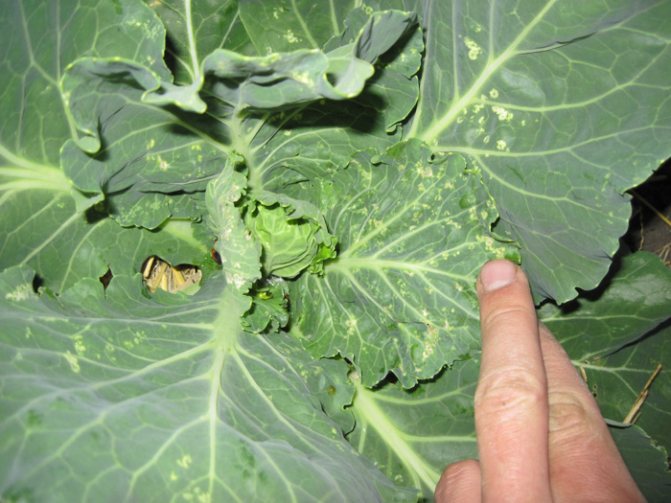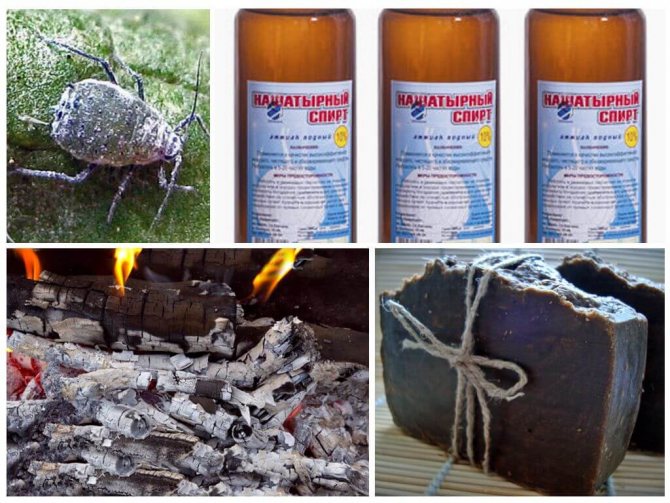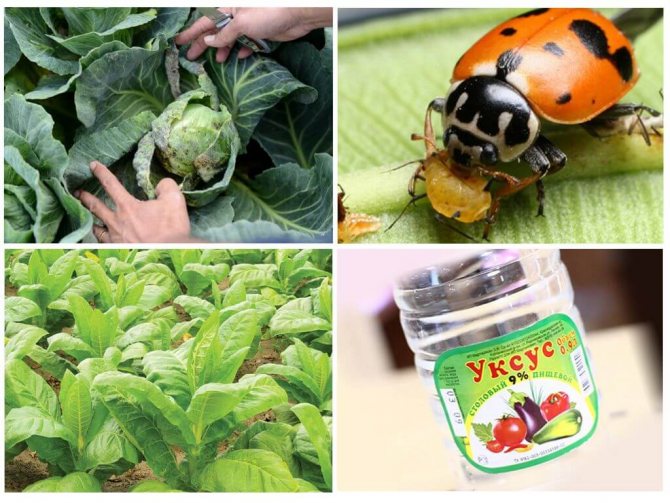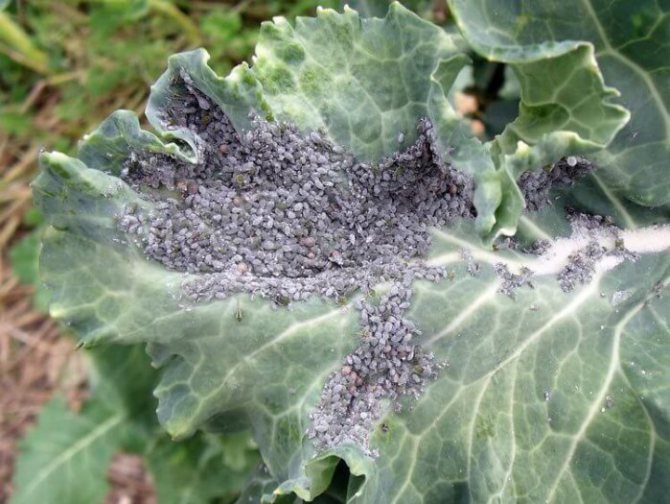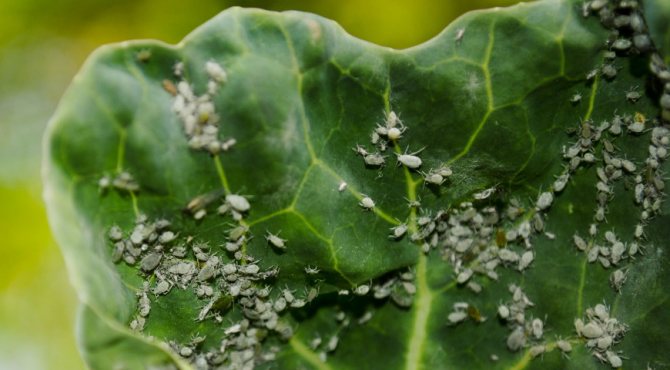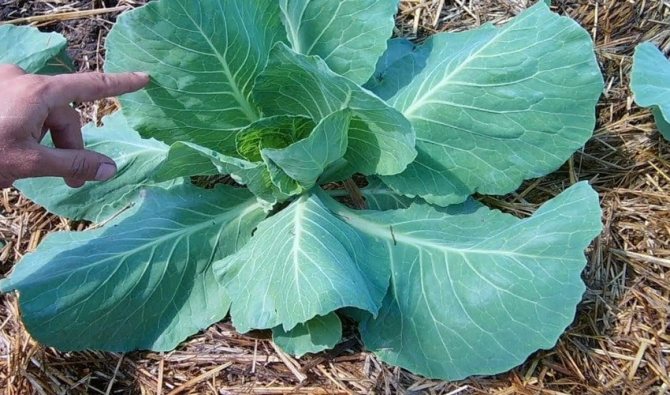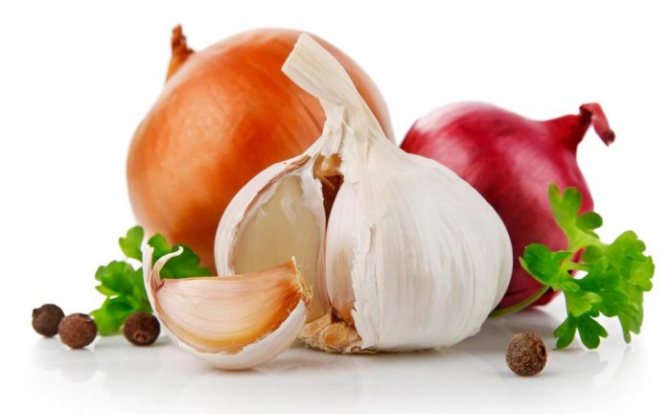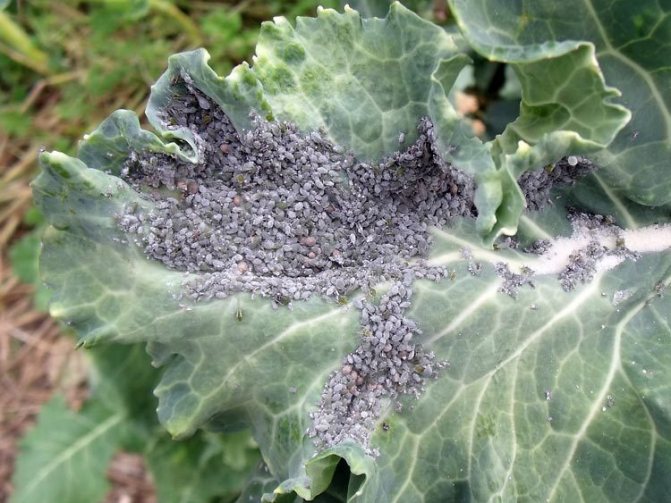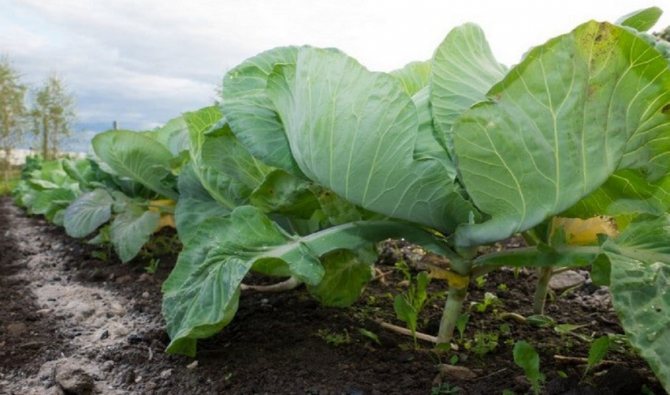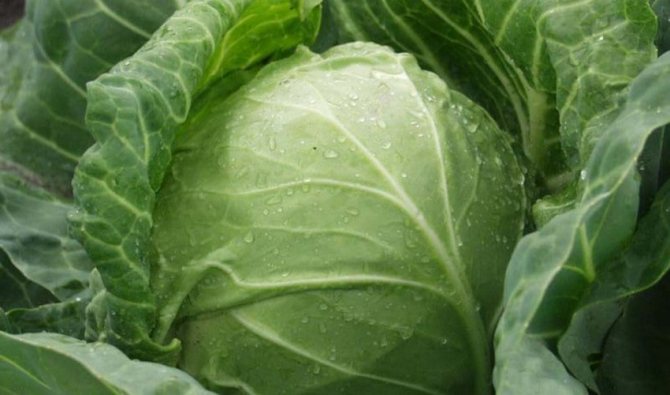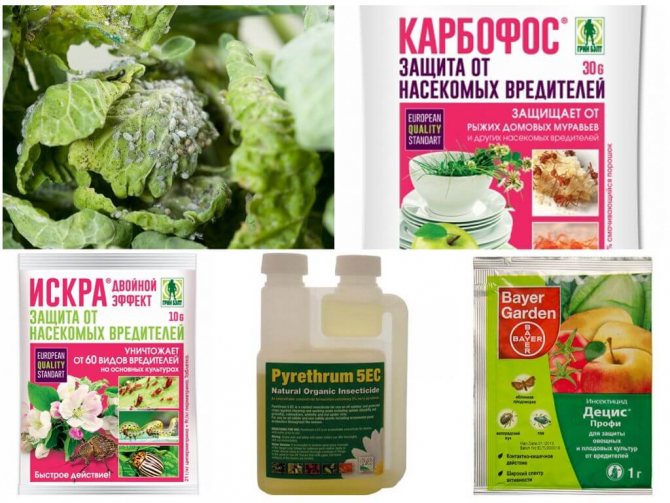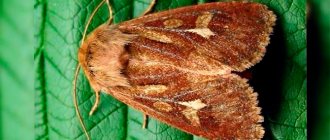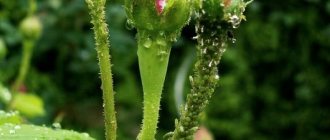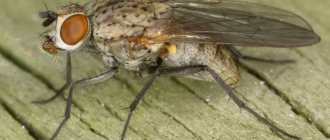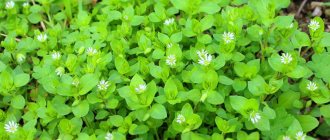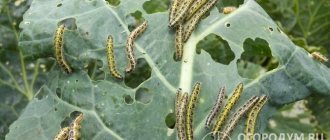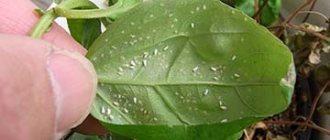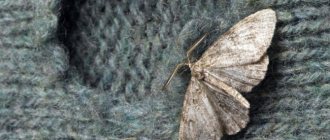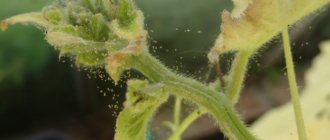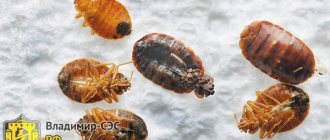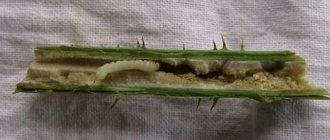Vegetable growing »Cabbage
0
1238
Article rating
One of the most unpleasant pests for the garden is aphids. She especially loves to hit the leaves of young cabbage. These pests multiply quickly and in a short time manage to harm the crop - the processing of cabbage from aphids must be timely.
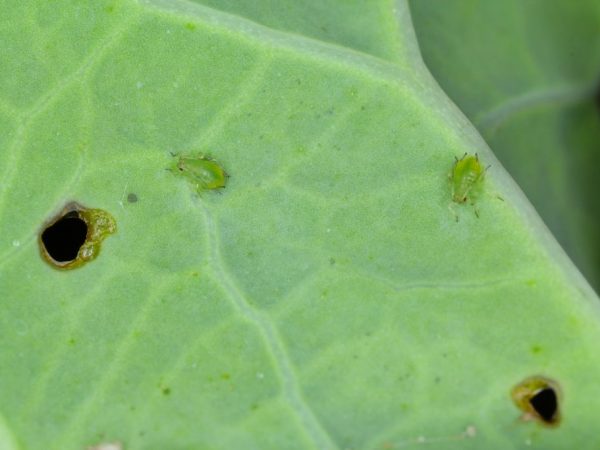
Processing cabbage from aphids
Reasons why aphids are bad for cabbage
Aphids on cabbage are quite common. For aphids, plant juice is of greatest interest, which is contained in turnips, radish, daikon, cabbage. Simply put, in all cruciferous plants.
Aphids are a very dangerous pest for the entire Cruciferous family. If you do not process the plantings with the help of chemicals or folk methods, then you can lose the entire crop. If such a problem appears, then you need to solve it as soon as possible, before the heads of cabbage begin to grow. In order for your control measures to be effective, you need to know well what this pest is, how dangerous it is and what methods of confrontation exist.
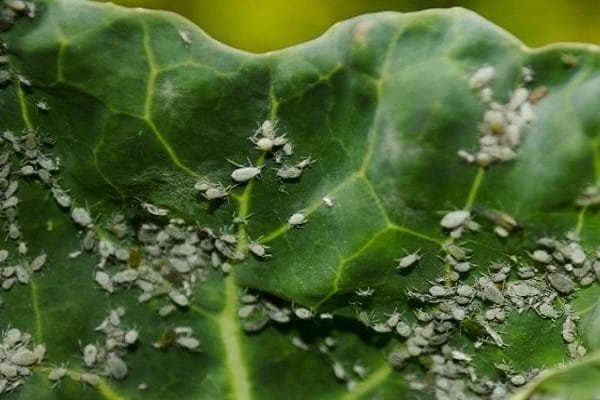

aphids on cabbage
In the structure of the aphid there is a miniature proboscis, which pierces the surface of leaves and shoots of plants. After this happens, the plant begins to wilt and dry out, and then death occurs. This happens because photosynthesis ceases to function, and chlorophyll becomes catastrophically low.
Aphids multiply on cabbage in a short time. As a rule, aphids prefer young cabbage leaves for eating. As a rule, aphids are found on the underside of the leaf plates. Often, aphids affect the growth points of cabbage.
Let's say a few words about how pests develop on a plant. The fact is that the eggs of this harmful insect remain for the winter on the remaining parts of the cruciferous culture. When the air temperature rises to 11 degrees, the larvae are born. They then turn into wingless females that reproduce. And then winged aphids appear. This offspring actively reproduces, wandering from place to place.
As a result, spawning aphids on cabbage can do great harm to your crop. Therefore, it is necessary to apply various drugs against this pest in time.
Description of the appearance of the pest, life cycle of development
The cabbage aphid (Brevicoryne brassicae) is a typical insect pest, causing great harm to cabbage and other crucifers. The body size of an adult is small (1.4–2.3 mm), the body is oval. The color is yellow-green, there is a waxy coating.
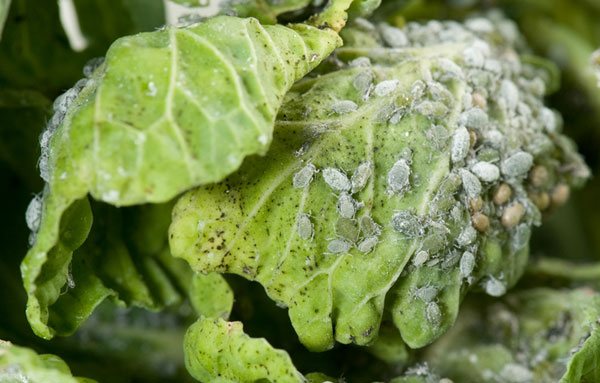

Cabbage aphids prefer to settle in the same place for a long time. The pest overwinters in cabbage beds or at the site of growing other cruciferous crops. Usually in the form of shiny black eggs laid on unharvested stumps or in weeds.
In spring and summer, cabbage aphids reproduce parthenogenetically (without fertilization). All parthenogenetic generations of this species are viviparous.
In its development, aphids go through the following life cycle: egg → founder → wingless virgin → winged settler → normal female (oviparous) and normal male → egg.
In the spring, the founders come out of their eggs. Having found a fodder plant, they stick to the leaves and petiole.After stabilization of the thermal regime, the unfertilized female gives birth to a generation of wingless virgins very similar to adults, but smaller in size, which in the first generation also give birth to an average of 20 winged and 27 wingless individuals without fertilization. At the beginning of summer, winged settlers find tender sprouts of cabbage to form a new colony on them.
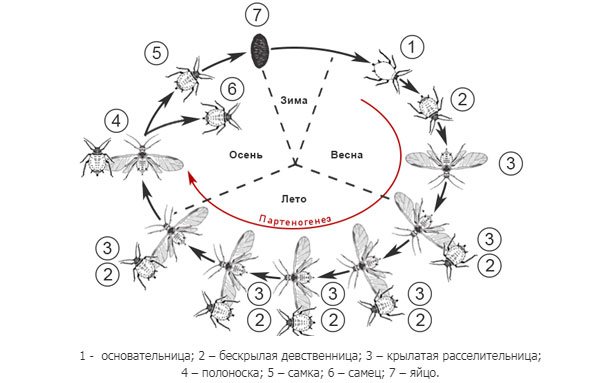

In the fall, a generation of stripes appears, which gives birth to bisexual offspring of aphids (wingless females and winged males - they reproduce sexually). Their mating takes place on the basal leaves near the soil. Fertilized females lay 4 overwintering eggs on stems at the base of cabbage leaves or other cruciferous plants.
Aphids reproduce very quickly. In one season, up to 16 generations of pests are born. Under favorable conditions, one generation develops in 10-15 days. Females are fertile: on average, they give birth to 40 individuals.
For cabbage aphids, the formation of large colonies is characteristic, therefore it is important to identify and destroy the pest in a timely manner.
How to deal with cabbage aphids
Many experienced gardeners plant tomato bushes in the vicinity of cabbage plantings, the smell of which is good at scaring away aphids. You can also plant lavender, marigolds and calendula for the same purposes. It is worth remembering that you need to plant plants that are not too tall to scare off aphids. Otherwise, cabbage planting will receive unnecessary shade.
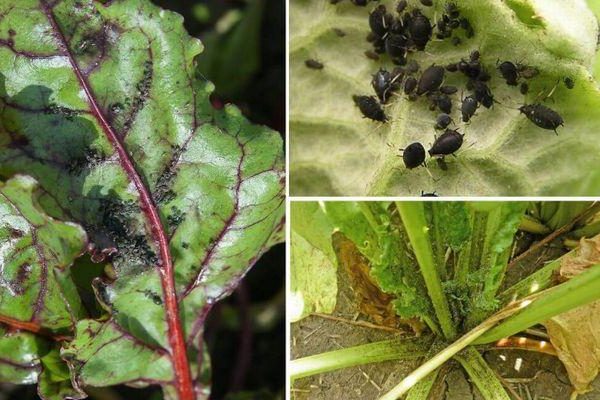

aphids on cabbage
There is another harmless way of dealing with aphids - this is to attract hoverflies. These are insects that eat aphids. However, it often happens that the houses created for hoverflies are inhabited by hordes of ants, which in turn are carriers of pests.
Often, various infusions are used against aphids. Also, a fairly simple and time-tested method is the irrigation of cabbage plantings with ash infusion. You can also use a solution of laundry soap, vinegar or ammonia for this purpose.
If aphids are actually invading your cabbage plantings, then insecticidal preparations can be used. For example, such as Decis, Fufanon, Arrivo, Pirimiks. Before using them, be sure to read the instructions.
Pest Control Chemistry
Often all the efforts of gardeners to combat pests do not give the desired results. The weather also plays a role in this: if there are dry hot days, harmful insects develop faster. At the same time, they also eat plants more intensively. In these cases, you have to look for more effective methods.
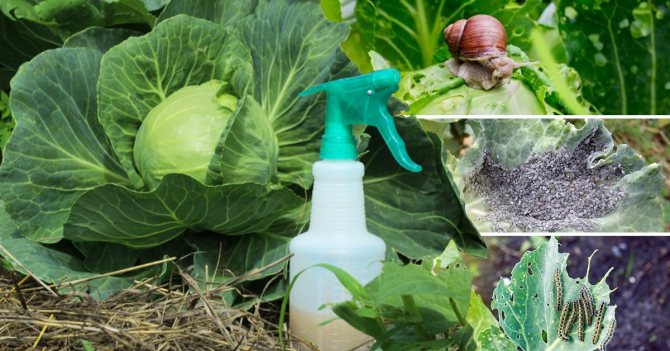

Chemicals give a good result in pest control. Cabbage pest control products contain the following arsenal:
- The drug "Actellic". It is used in a proportion of 20 ml per 10 liters of water, for spraying 10 square meters. one liter of solution is required.
- "Bankol" is a biological product obtained from marine annelids and is used in the same way as the first product.
- On large production areas, cabbage processing is effectively carried out using the "Decis", BI-58, "Karate" preparations.
- Such strong chemical agents as “Antio”, “Karbofos”, “Decis extra”, “Rovikurt” are recommended only for critical infection of plants with pests.
- Also, with a sufficiently strong attack of harmful insects, microbiological preparations "Bitoxibacillin", "Lepidocid", "Dipel" are used.
- To combat breeding harmful insects, such chemicals as Bazudin, Zeta, Biorin, Karbofos, Kinmiks, Fosbecid, Diazinon, Fitoverm, Intavir are used.
Getting rid of cabbage aphids using folk methods
Aphids on cabbage are not a major pest, but even despite their modest size, it carries an impressive danger to cabbage.Various insecticides are undoubtedly effective means against aphids, since not only insects, but also larvae die. However, chemistry can accumulate in the heads of cabbage themselves, and thereby harm your body. And since all cabbage is used for food, insecticides become even more dangerous.
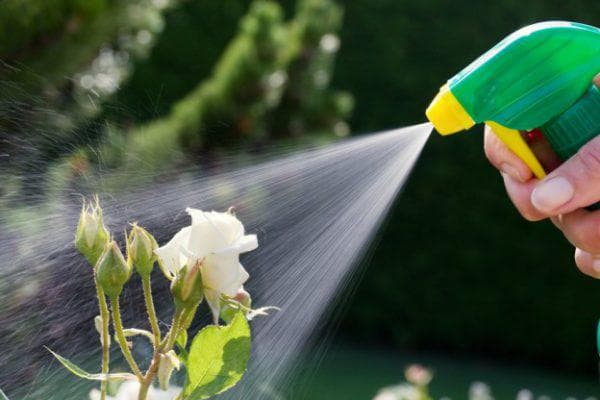

aphids on cabbage
The most harmless ways against aphids are folk. There are quite a lot of them, so you can choose the most effective way specifically for your case. Let's move on to the most popular of them.
Tar soap.
This soap contains birch tar in its composition. It is this component that is destructive not only for aphid colonies, but also for ants, which act as carriers of this very aphid.
The most popular recipe for a solution based on this component is the following: add one hundred and fifty grams of tar soap to ten liters of water. By treating your cabbage plantings with such a tool, you will not only get rid of aphids, but also help the leaves of your plants recover. They begin to tighten the wounds on the plants, and the aphids, which do not tolerate the pungent smell of such soap, will leave your plantings. This procedure must be repeated after seven days.
Bay leaf.
This is also a popular way of dealing with aphids among gardeners. In its composition, this spice has a lot of essential oil, the smell of which is repellent for aphids. This component is the main component both in dry formulations and in the form of infusions.
You can lay dry bay leaves under the bushes in your garden. And you can prepare an infusion. To do this, pour ten grams of bay leaves with a liter of hot water. You need to insist for about an hour with the lid closed. Repeat the procedure after five to six days.
Ammonia.
The ammonia is good for getting rid of aphids. It is usually used in the form of an infusion. For this, mix fifty milliliters of ammonia with ten liters of water. You also need to grate laundry soap with a coarse grater and insist it a little in warm water. Add soap to the solution. Laundry soap, by the way, is sometimes replaced with shampoo or dish soap. During the growing season, this solution is used more than once. The interval between applications should be about seven days.
If you use this method of fighting aphids, then do not forget about your own safety measures. Be sure to wear a respirator or mask to protect the respiratory tract. On the hands should be gloves made of rubber. The preparation of such a solution must necessarily take place on the street. This mixture should be stored in a place that children do not have access to.
Advantages and disadvantages of using folk remedies
War with aphids using traditional methods undoubtedly has advantages:
- safety. This is perhaps the most important point, especially for those gardeners who have animals or small children. Popular control measures are not toxic and do not harm beneficial insects, soil and the plant itself;
- simplicity. It is more than simple to prepare a mixture to combat aphids on your own, you just need to follow the instructions and tips;
- cheapness. Traditional therapies do not require special costs and are sold in any store.
See also
Is it possible to spray cabbage with valerian from pests and processing rules
To read


Despite the positive aspects, folk methods of destroying parasites still have several disadvantages:
- duration of treatment. Compared to chemicals, safe products take longer to fight off the parasite;
- not resistant to moisture. Mixes and infusions are easily washed off with rain or dew, but this can be fixed by adding soap.
The use of chemicals against cabbage aphids
There are a wide variety of chemistry-based treatments for various insects, in particular aphids.As a rule, such measures are resorted to if a quick result is needed, as well as for use in large areas of planting. Before using any chemicals, be sure to read the instructions before this. Choose dry weather without wind for spraying chemicals. It is better to do this in the morning or evening. Be sure to protect exposed areas of the body and eyes. Do not smoke or eat in the vicinity of the processing area. After the procedure, wash your hands thoroughly with soap.
Experienced gardeners believe that the safest chemical agent is Deltamethrin and insecticide soap, which contains olives and flax.
Why is it dangerous?
Harmful insects feed on cabbage juice, which weakens the plant. As a result, the processes of vital activity are disrupted, the development of the plant is suspended, and it dies.
As aphids multiply, they form entire colonies. As a result, not only cabbage suffers, but also plants growing nearby.
If you do not start fighting aphids in time, there is a risk of the death of many plantings. In addition to damaging the plant, insects carry viral and bacteria. Since the aphid is omnivorous, it easily infects a wide variety of plants. In addition, it is able to transfer diseases from diseased bushes to healthy ones.
Cabbage varieties that do not harm aphids
Of course, breeders did not stand aside and invented many varieties that have a high degree of resistance to various pests, in particular to aphids. Here are the most popular ones:
Aggressor.
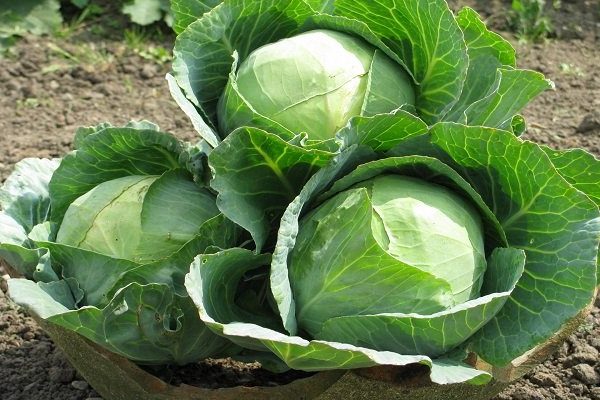

This variety comes from Holland. In terms of ripening, it belongs to late-ripening. It does not take much time and effort to leave. It can grow well even under not very favorable conditions. Heads of cabbage do not crack.
Amager 611.
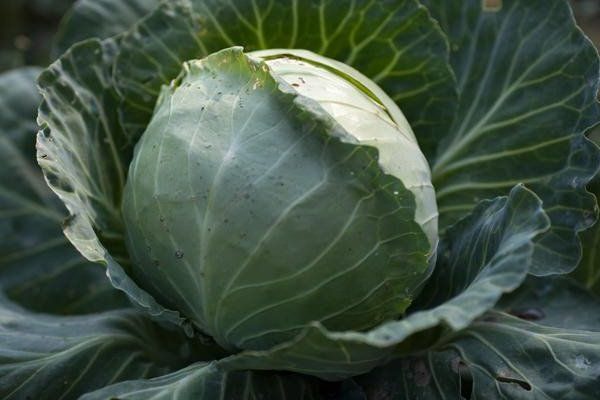

The variety is late in terms of ripening. Possesses good resistance to low temperatures. It gives good results in terms of yield. The fruits are well stored and transported.
Bartolo.
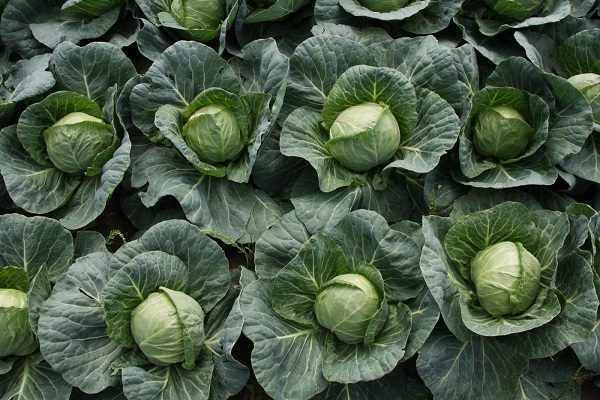

The variety comes from Holland, belongs to the late ones. It gives a high yield, has good immunity against many diseases and pests.
Snow White.
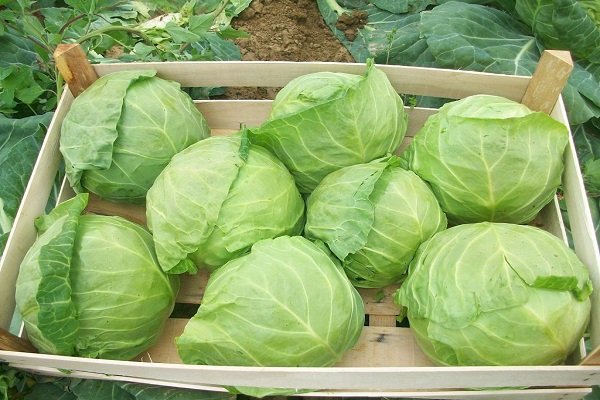

This variety is late-ripening. The head of cabbage is rounded in shape, slightly flatish. The variety is very layable, the fruits can retain their qualities for six months. According to its purpose, this variety is universal. It is practically not attacked by pests, in particular aphids.
Planting and caring for cabbage
Planting and caring for cabbage is carried out as follows:
- Growing cabbage seedlings. Cabbage is a light-loving plant, it requires a large amount of moisture and a temperature of 21 ° C. The optimal time for planting seeds is the end of April, and cabbage is planted in open ground at the beginning of June. For planting seedlings, a special soil mixture is prepared, which consists of half the amount of manure and half of the garden soil. Coarse sand, pine needles can be added to such a soil mixture; it will be very useful to add 25 grams of fertilizers, such as Foskamid or Nitrofoska, to a bucket of such soil. The thickness of the soil for planting should be at least 12 cm.The distance between the rows of seedlings is about 12 cm, in the row between the plants - about 1 cm.Two weeks after germination, the seedlings are thinned out so that about 5 cm remains between the seedlings. Or strong seedlings are selected and plant them in separate pots with a diameter of 7 cm.
- The seedling is ready for planting when it has 6 true leaves. The planting pattern is on average 60x60, that is, about three sprouts per 1 square meter. Seedlings are planted in open ground in the evening or in cloudy weather. The soil around the sprout is squeezed and watered well, the soil in the aisles is thoroughly loosened.Water the seedlings as needed, the general recommendations are as follows: before the formation of a head of cabbage 3 liters per square meter, and after - five liters for the same area. After a couple of weeks, instead of missing or infected shoots, stepping back 10 cm from the old hole, fresh ones are planted.
- In case of poor growth of cabbage, it should be fed with mineral fertilizer or a solution of fermented mullein, which is diluted with water in a ratio of 1: 6, and one tablespoon of "Foskamide" or "Nitrofoski" is diluted in 10 liters of water. Water each plant, spending half a liter of solution on it. If the soil is very dry, then the same amount of plain water is added after fertilization. After that, the cabbage spuds, this is important in the care, as it leads to the formation of adventitious roots. For the first time, they huddle three weeks after disembarkation with moist soil, and the second time - a month after that. Throughout the season, up to five loosening is carried out and weeded three times before watering or precipitation.

